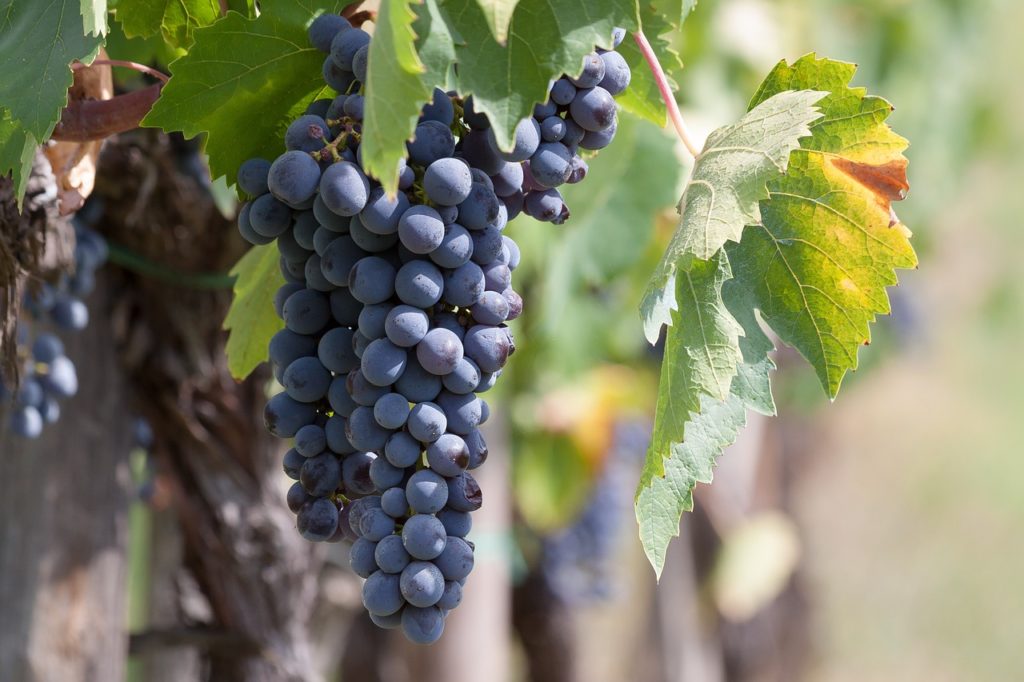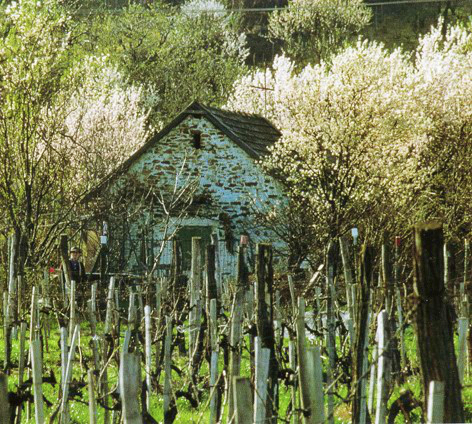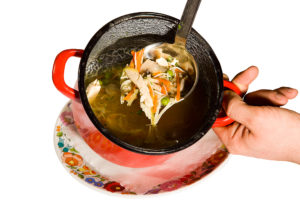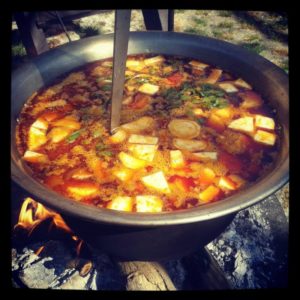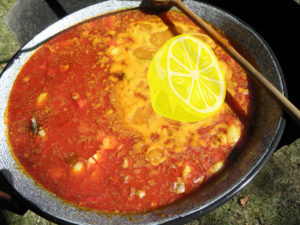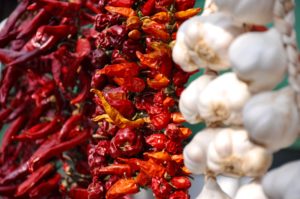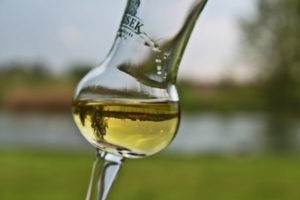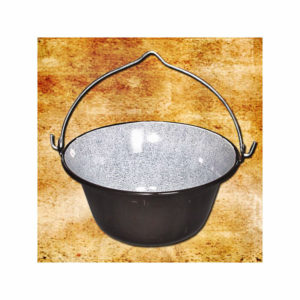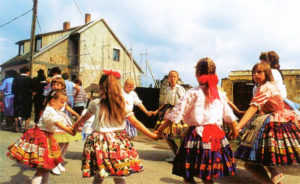Hungarian red wine (Sopron, Villány, Szekszárd)
When the mighty Count Festetics entertained the Empress of Austria and Queen of Hungary, Maria Theresa, in his Castle Keszthely on the western tip of Lake Balaton, he proudly served 300 wines, all of which originated in his native country. It is not known how many red wines were among these, but there is absolutely no doubt that several red grape varieties flourish in Transdanubia and are certainly worth a taste.
Sopron
In Sopron, on the eastern slopes of the Alps, the vines have to contend with greater humidity and less sun than elsewhere in the country. In return, however, the winters are less harsh, thanks to the shelter afforded by the mountains. All these factors shape the character of the grape juice. Sopron was the first Hungarian wine to be widely introduced in Europe, since the town, which lies on an ancient trading route, is closer to Vienna and Bratislava than to Budapest.

Villány-Siklós
Hungary’s southernmost wine-growing region offers ideal conditions. The red wines, in particular, are outstanding: granite-red, full-bodied, aromatic, and medium-dry. Kékfrankos (blue Franconian), Oporto, and Kadarka used to be the main grape varieties grown here, but today Cabernet and Merlot are coming increasingly to the fore.
Szekszárd
Szekszárd is surrounded by seven hills, which archeological findings have shown were home to a flourishing wine industry as long as two thousand years ago. The Serbs, who had fled Dalmatia ahead of the Turks, brought the Kadarka grape with them. They transported the wine made from this grape along the waterways even as far as the remoter parts of Europe. The ruby-red Szekszárdi kadarka has a spicy aroma and a pleasantly soft, velvety taste. Szekszárdi bikavér (Szekszárd Bull’s Blood) is produced from a mixture of Kékrankos, Kékoporto, and Kadarka.



